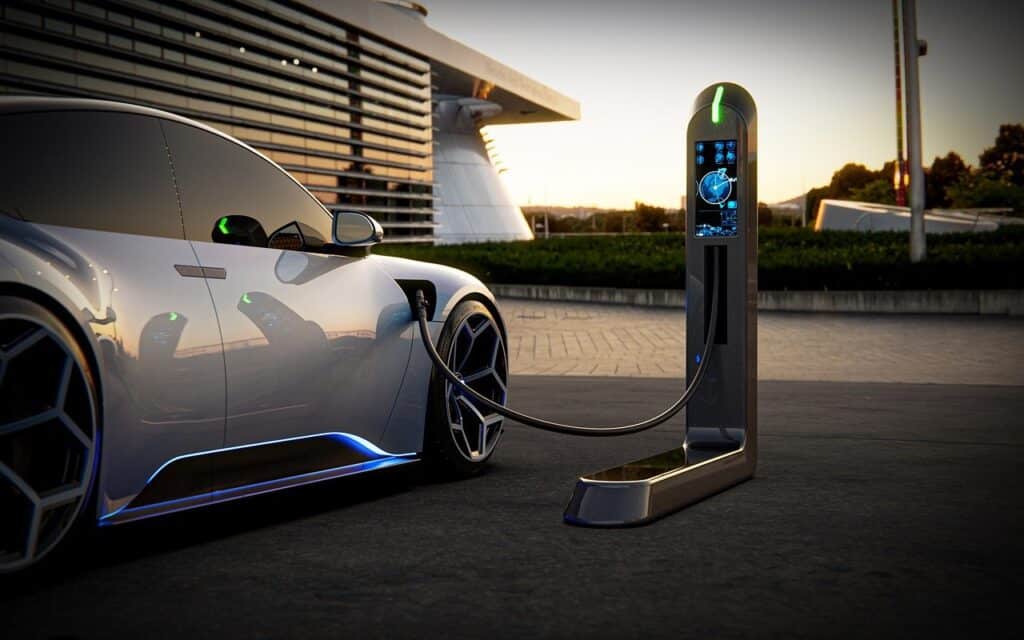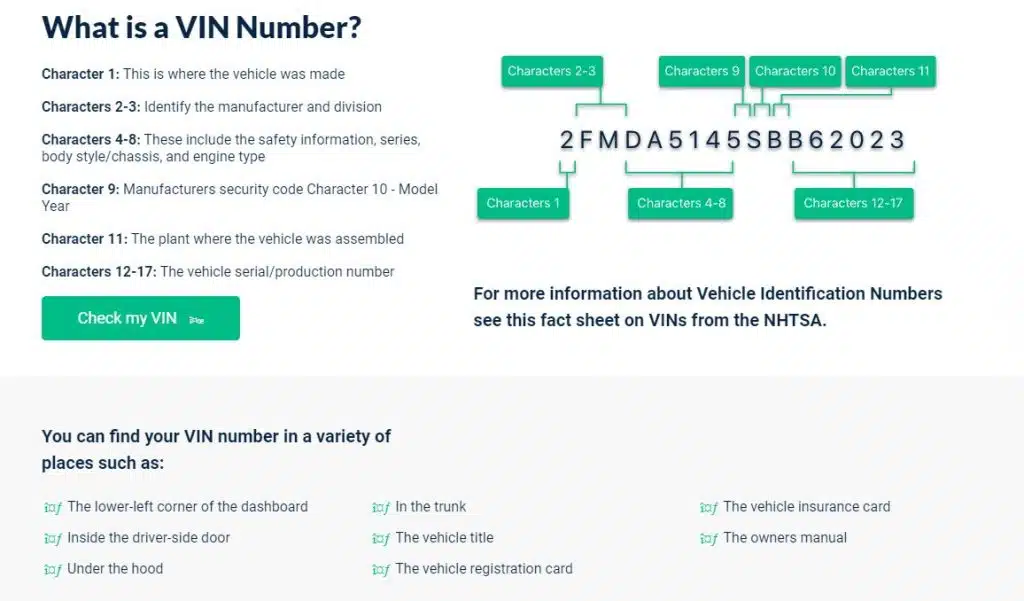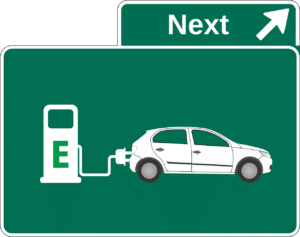Change is always a time of both opportunity and despair. The ones who make a proper bet on how things will shake out do well. The ones who get on the wrong train are not going to make it to the Profitability Station on time. EVs are certainly a case in point. What was once regarded as a limited inter-urban transportation option is gradually growing into a full-blown rival of the venerable internal combustion engine that has powered civilization for more than a century.
While range continues to be a limiting factor in EV development, one should not forget the handicaps which faced the first ICE vehicles at the time when they became popular. There wasn’t a nationwide network of 24/7 fuel outlets. Cars didn’t have 500-mile ranges on a tank of gas. In short, EVs are merely enduring the same sort of growing pains that their predecessors also had to overcome before they became a truly dominant form of transportation.
Critics, both then and now, gleefully point out shortcomings in the support system necessary to make vehicles practical. They pretend that these are insuperable obstacles to their future development. Yet the old critics were proven wrong, and the new ones will be as well. As the necessary refueling points, or charging stations in this case, are built out, the viability of EVs as a long range transit option increases.
There is also a bit of a learning curve in figuring out how to use new technologies effectively. It is no surprise that extending the range on EVs requires long chains of fast charging stations. One cannot simply sit plugged into a 115 volt outlet for hours at a time as part of a cross-country trip. You have to be able to charge up rapidly and be on your way. ICE fans will point out the difference in wait times between gassing up and charging up even at a rapid rate. Yet one has to wonder how much of a difference there really is, and what sort of opportunities are in the offing for future EV users.
For one thing, surveys have already shown how EV owners adapt to the 15 minute delay imposed on them when a fast charge is required. They have learned to put that time to valuable use rather than simply waste it by sitting in the car and listening to the radio. In a lot of ways, fast charging is no different from gassing up at a convenience store. Sure, you need gas, but you often go inside to attend to other important bits of business. You may need to use the facilities. It might be time to play the lottery. You might want to grab a sandwich and something to drink. Maybe you’ll stock up on a few items you forget to get at the grocery store. In other words, even ICE owners are often burning up 15 minutes or more when it is time to refuel their vehicles.
The only real difference is that EV charging stations are currently standalone facilities for the most part. Gas stations are more of an emporium for all sorts of other goods. This is likely to change in the near future, and it will create profitable opportunities for those who can catch the wave at the right moment.
Right now, EV drivers find a fast charger and then avail themselves of nearby amenities such as restaurants and shops. However, these are often not fully-integrated facilities but merely within easy walking distance. The truck stop model is more likely to be the ultimate solution as EV charging networks build out on a linear as opposed to the current globular distribution model.

You can find plenty of charging stations inside a metropolitan area, but very few exist in a convenient line between one city and the next. It might even be interesting to think of these as the equivalent of the stagecoach stops of distant times. They will be little oases of civilization lined up across the desolate (charging station-wise) wastelands. You stop and refresh yourself and your faithful steed at the same time and place. After which, you proceed towards your final destination or to the next intermediate stop.
Ultimately, major advances in battery storage technology will make this a non-problem. EVs will be able to make the leap from one metropolis to the next without any trouble. Until then, however, the EV equivalent of a convenience store is clearly the wave of the future. While charging station owners make money off of the electricity they sell, they are leaving a lot of extra revenue on the table. Most convenience stores will tell you that they make almost nothing on the gas they provide their customers. Having gas on hand merely gives them the opportunity to make money on all the other products they offer.
Since it has already been shown through behavioral studies that EV drivers avail themselves of onsite amenities while fast charging on the road, the growth in the number of drivers making such excursions means that opportunities to cater to their specific needs is something to look at here and now. As with any gold rush, the guys who get there first stake the richest claims.
When Purchasing a Vehicle
Always remember to run a VINsmart report on any used vehicle before making a purchase. A VINsmart report runs a complete history on the vehicle including whether it has ever been reported as stolen, involved in a major accident, or listed as a totaled vehicle.
VINsmart reports will also give you a registration history and mileage at registration. It reports any significant incidents related to the vehicle, such as being involved in a fire or flood.
When purchasing a used vehicle, the best way to ensure you make a good purchase is to know the vehicle’s complete history.






